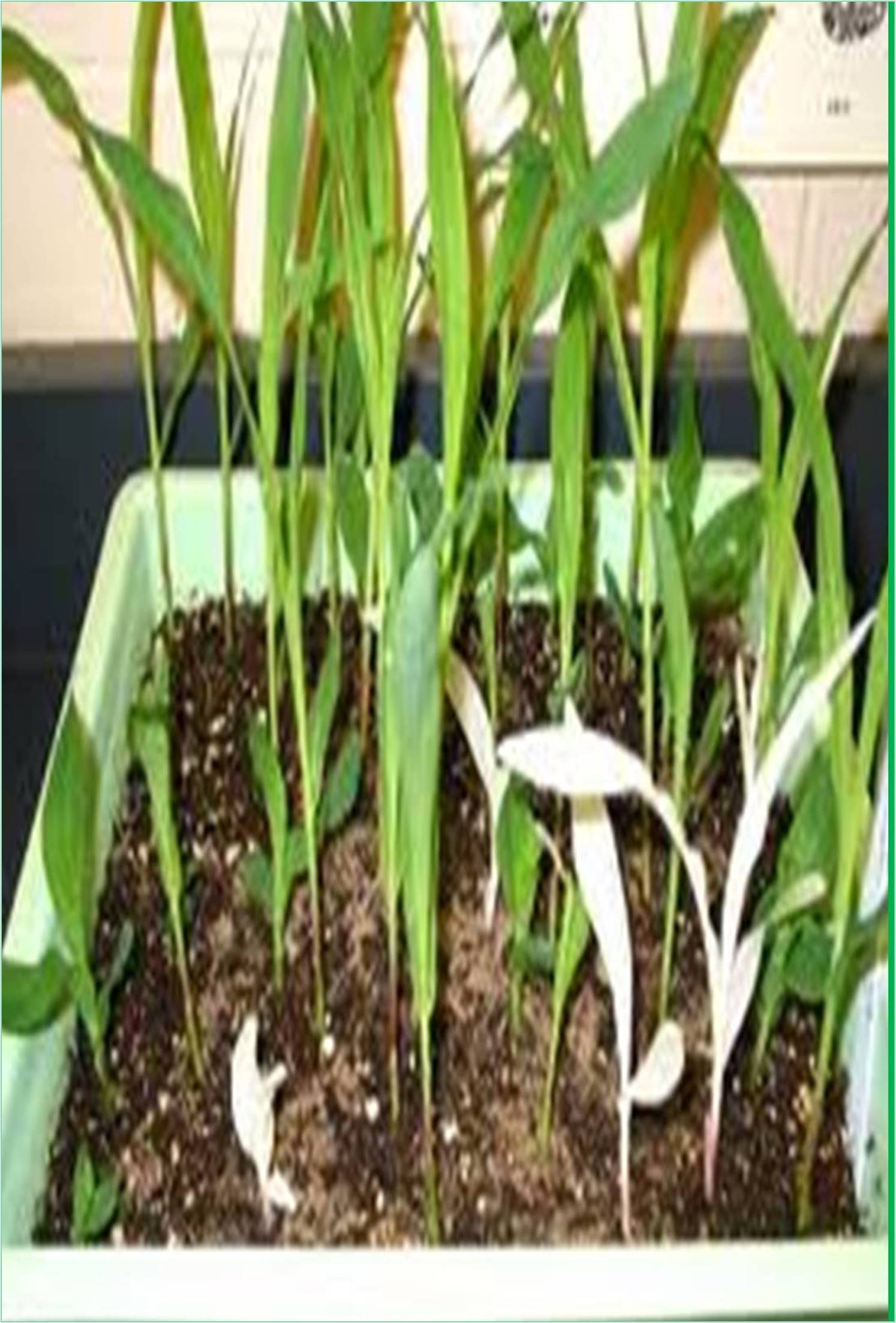



Received: 01-Dec-2022, Manuscript No. GJPBG-22-82867; Editor assigned: 05-Dec-2022, Pre QC No. GJPBG-22-82867 (PQ); Reviewed: 26-Dec-2022, QC No. GJPBG-22-82867; Revised: 02-Jan-2023, Manuscript No. GJPBG-22-82867 (R); Published: 09-Jan-2023, DOI: 10.15651/2449-0598.23.09.014
The objectives of quantitative genetics vary depending on the field in which it is used. Quantitative genetics in plant breeding primarily focuses on finding candidates with the best genotypic value for a specific population of settings. Quantitative genetics must be kept up to date by adopting new ideas and techniques that promote modern breeding while discarding outdated ones and holding onto those that are still relevant. The fundamental idea that continuous variation is caused by a number of Mendelian loci is unaffected. Plant breeding requires the retirement of traditional theories that assume random mating, such as the average effect of an allele and additive variance, because the entirety of the germplasm available in a breeding programme is not in Hardy-Weinberg equilibrium. This is possible because molecular markers allow for the employment of mixed-model techniques for Best Linear Unbiased Estimate (BLUE) and prediction that only require a few genetic assumptions. It would be advantageous for plant breeding to use techniques that have been successful in other fields. Examples include operations research and simulation methods for developing breeding programmes as well as reliability as a new indicator of the relative importance of genetic versus non genetic impacts. The blood lines, marker information, and phenotypic data for the real germplasm used in a breeding programme should be used to represent the genetic entities in these simulations rather than generic ones. Quantitative genetics in plant breeding has evolved through time to become more computational, empirical, and less theoretical. As the quantity and variety of data accessible in a breeding programme expand, this trend will persist.
Despite not being exclusively married, quantitative genetics and plant breeding have benefited from each other's union throughout the past century. Our understanding of the inheritance and variation of significant features linked to yield, quality, and adaptation has improved as a result of estimates of genetic variations and heritability in a variety of plant species.
Breeding techniques for continuous traits have been developed and improved according to the concepts of quantitative genetics. Major Quantitative Trait Loci (QTL), which have been deemed valuable in crop development and have shed light on the nature of quantitative variation, have been identified through mapping research. However, recent advances in both plant breeding and quantitative genetics should prompt us to pause and consider how quantitative genetics might be most effectively used in modern plant breeding. In the context of current plant breeding, this Opinion piece seeks to give a platform for contemplation, discussion, and productive debate on the benefits and strategies for reinventing quantitative genetics. The concepts presented here may not apply to other areas, such as human genetics and animal improvement, where quantitative genetics has also been a significant factor. Sometimes, plant breeders may believe that quantitative genetics was created to further the improvement of plants and animals. In fact, quantitative attributes rather than qualitative ones are the most commercially significant characteristics of crops and livestock species. Quantitative genetics was created to simulate how variation for continuous traits develops from unidentified genes, not to offer a foundation for artificial selection in many species. Making the right choices at each stage of the breeding process requires an understanding of the scientific foundation of plant breeding. Plants are improved through breeding to satisfy certain human needs. Many economically significant plant characteristics are quantitative rather than qualitative. Quantitative traits are characterized by a continuum of phenotypes and are regulated by the cooperative action of many genes, in contrast to qualitative features, which are controlled by one or a small number of genes. The advancements in genomic and post-genomic science have led to the development of techniques for analyzing the genetic architecture of quantitative traits. In order to reinvent quantitative genetics for plant breeding, it is necessary to review traditional concepts and methods, hold onto what is still applicable, discard what is no longer necessary, and take into account novel notions. One can wonder if a reinvention is necessary as an alternate strategy is to just allow the vocabulary of quantitative genetics to change as a result of use and misunderstanding, to the point where some current methods might not be really relevant to the original concepts.